HUSAYNIYAH, Iraq -- Working through the Karbala Provincial Reconstruction Team (PRT), the Soldiers of Troop A, 1st Squadron, 3rd Armored Cavalry Regiment were able to provide Iraqi firefighters with the training and equipment they needed to effectively and safely fight fires in the town.
In May, the PRT met with the mayor of Husayniyah to see what could be done to improve the city's services and facilities. During discussions, the mayor pointed out that the town's firehouse could use some help.
"We found the firehouse and firefighters themselves to be completely untrained and underequipped to do their job," said Lt. Col. Vince Rice, deputy team leader for the PRT, and a San Diego native. "Their entire program was in very poor shape."
In order for an adequate firefighting program to be developed, a considerable amount of equipment would be needed, as well as someone to provide specialized training in firefighting techniques.
Petty Officer 1st Class Joseph Cote, a Navy Reservist with the PRT and a full-time fire chief in his civilian life in Seattle, had the right experience for the task.
Sgt. Brian Vanwinkle, a member of the PRT's Company Intelligence Support Team, was also qualified to train the Iraqis in proper firefighting methods. Originally from Little Falls, N.J., Vanwinkle is a retired fire captain who had served heroically on Sept. 11, 2001 at the site of the World Trade Center.
With Cote and Vanwinkle's combined experience and an initial $76,000 appropriated for the project, the work began to assess how the firefighters could be best equipped and trained.
"When I first went to check these guys out, I asked them to get all their gear together as well as the truck so I could see what we were working with," said Cote. "The truck itself had seen better days. They all wore regular mechanics coveralls, and all their equipment fit into two small compartments on the truck."
An inventory conducted during the initial inspection revealed only a pick, some handmade tools, and two respirators for 25 firefighters. They also found that the truck's water hose was made up of eight separate hoses of different lengths.
It was clear to Cote and Vanwinkle that the Iraqis were in need of a wide range of personal protective equipment. The firefighters also told them that they had never received any type of official training in their job.
"The crew told me that the only training they had was from what they'd seen on television," said Cote.
During part of the assessment, Vanwinkle identified some of the Iraqi firefighters practices that were inefficient and suggested changes that could help them better respond to fires.
"They would carry their hoses out to fires in separate pieces and then assemble them once they were there," said Vanwinkle. "I showed them how to roll the whole hose onto the truck so they can roll it out at once."
In addition to the firefighting training, the Iraqi firefighters received medical training to assist any casualties that would require treatment while responding to a fire.
An additional $86,000 was later added to fund the total package, which included new Self Contained Breathing Apparatus kits, complete full-length fire hoses and fire suits with all of the necessary protective gear.
"The equipment and training they received were something they had only dreamt of before," said Rice.
The town of Husaniyah, once a anti-American stronghold in Karbala province, had once harbored a negative view of the American presence. Their resentment has begun to fade with the completion of the project that turned their firefighters into the trained and well-equipped professionals they are today.
"These initiatives are designed to demonstrate our commitment to leaving our area of operation in better shape than it was when we arrived," said Rice.
Related Links:
1st Infantry Division and US Division-South web site
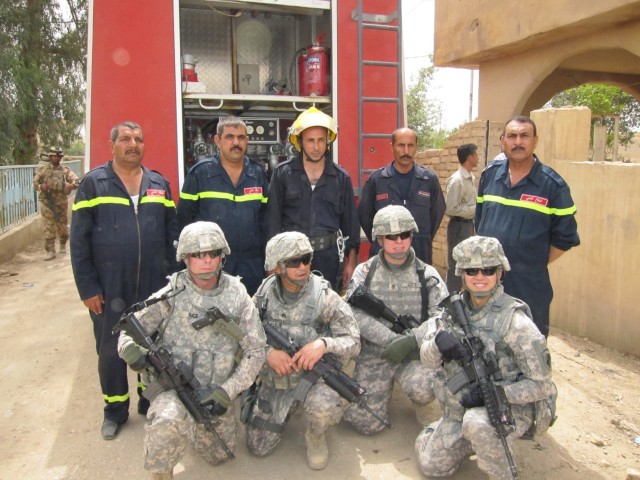
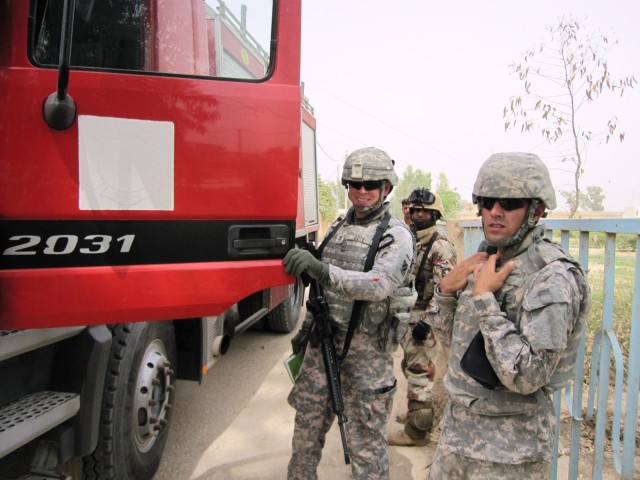
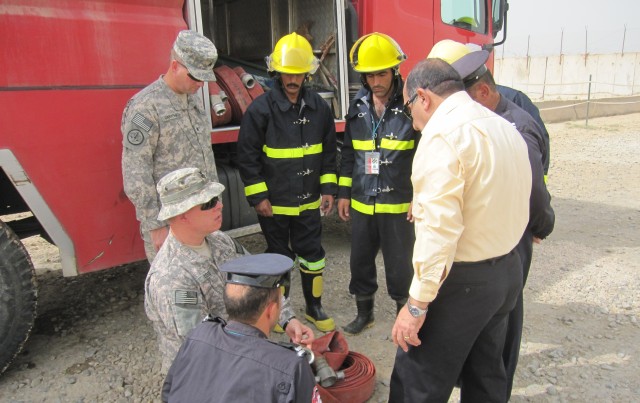
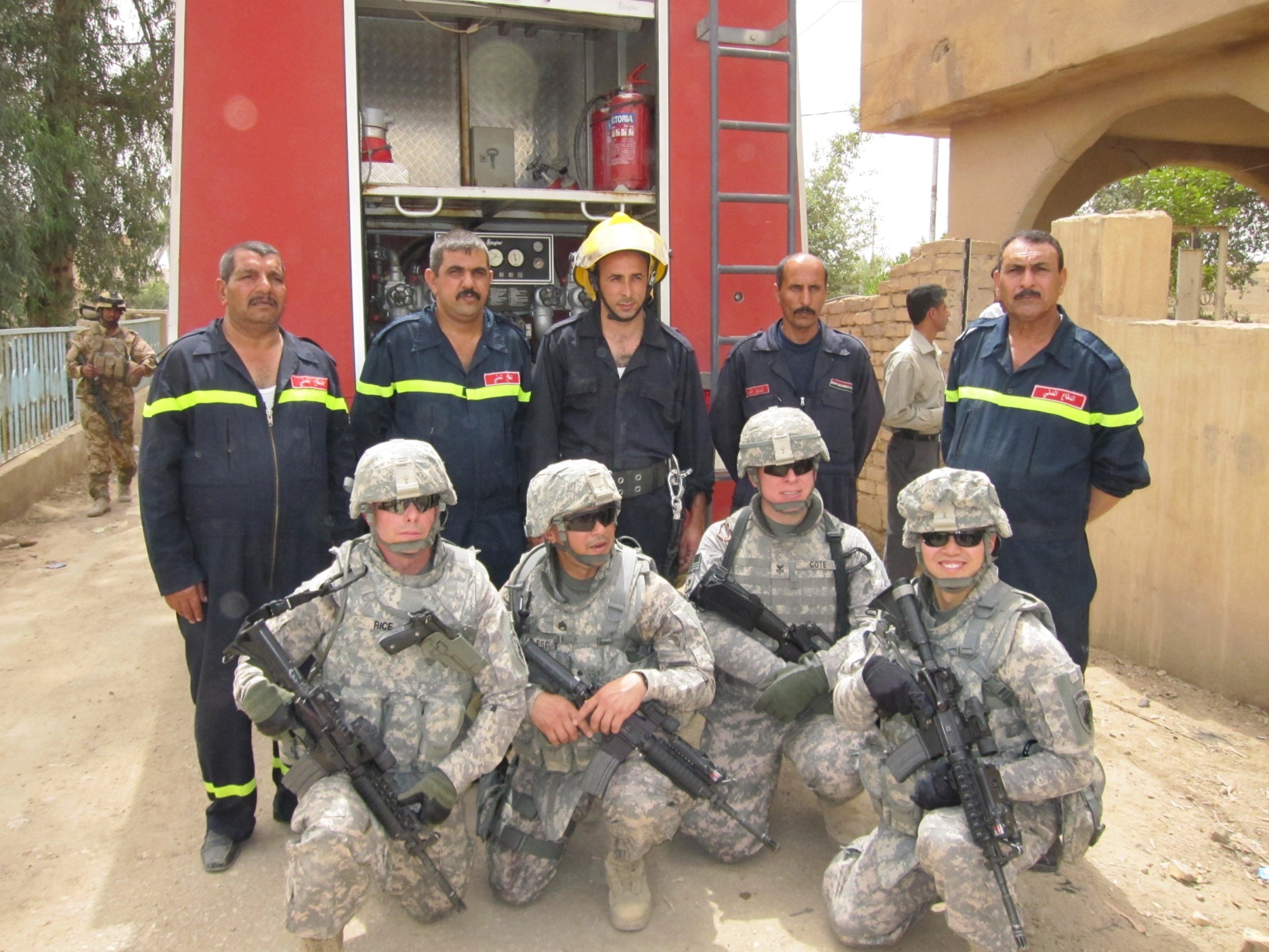
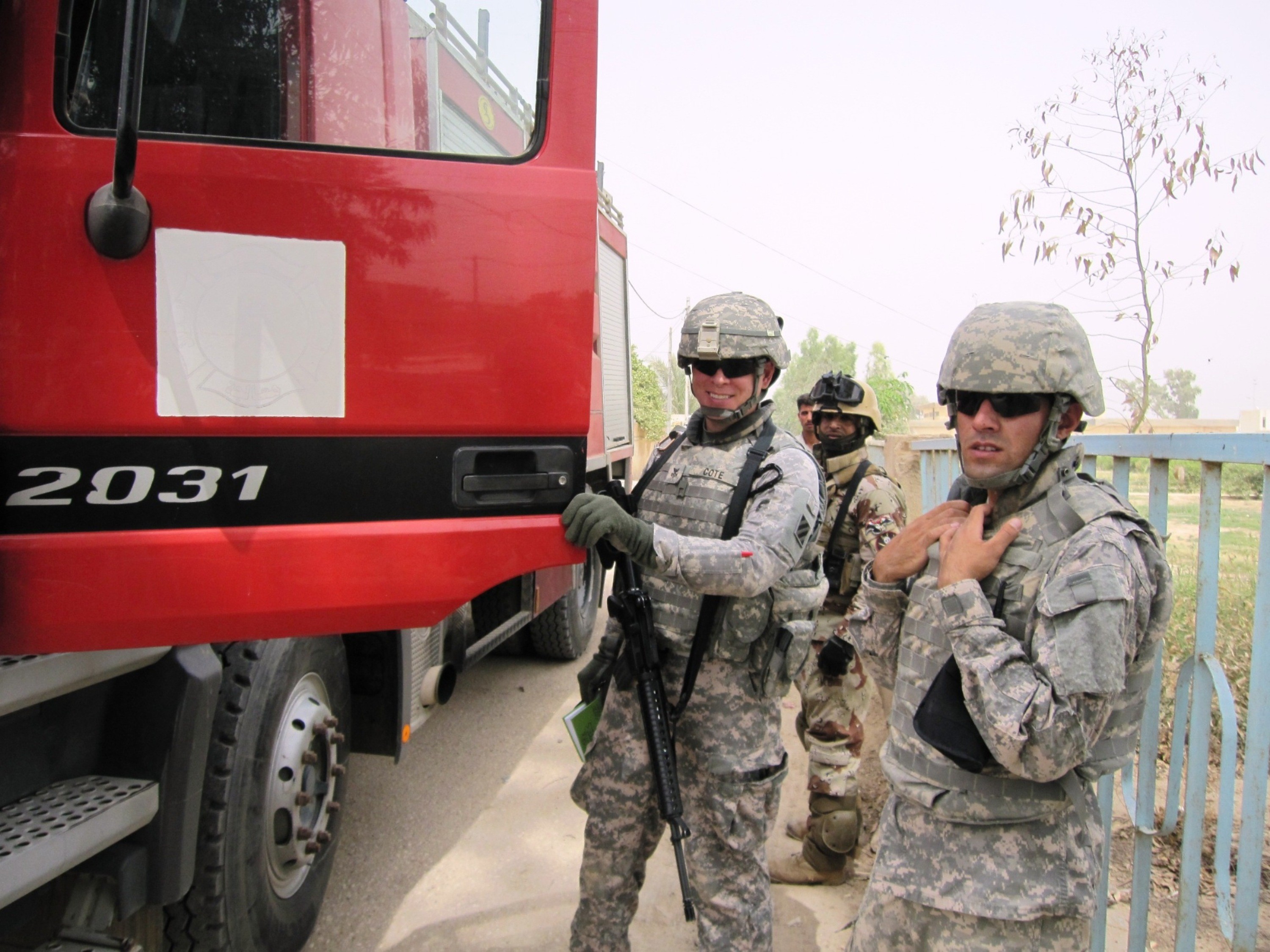
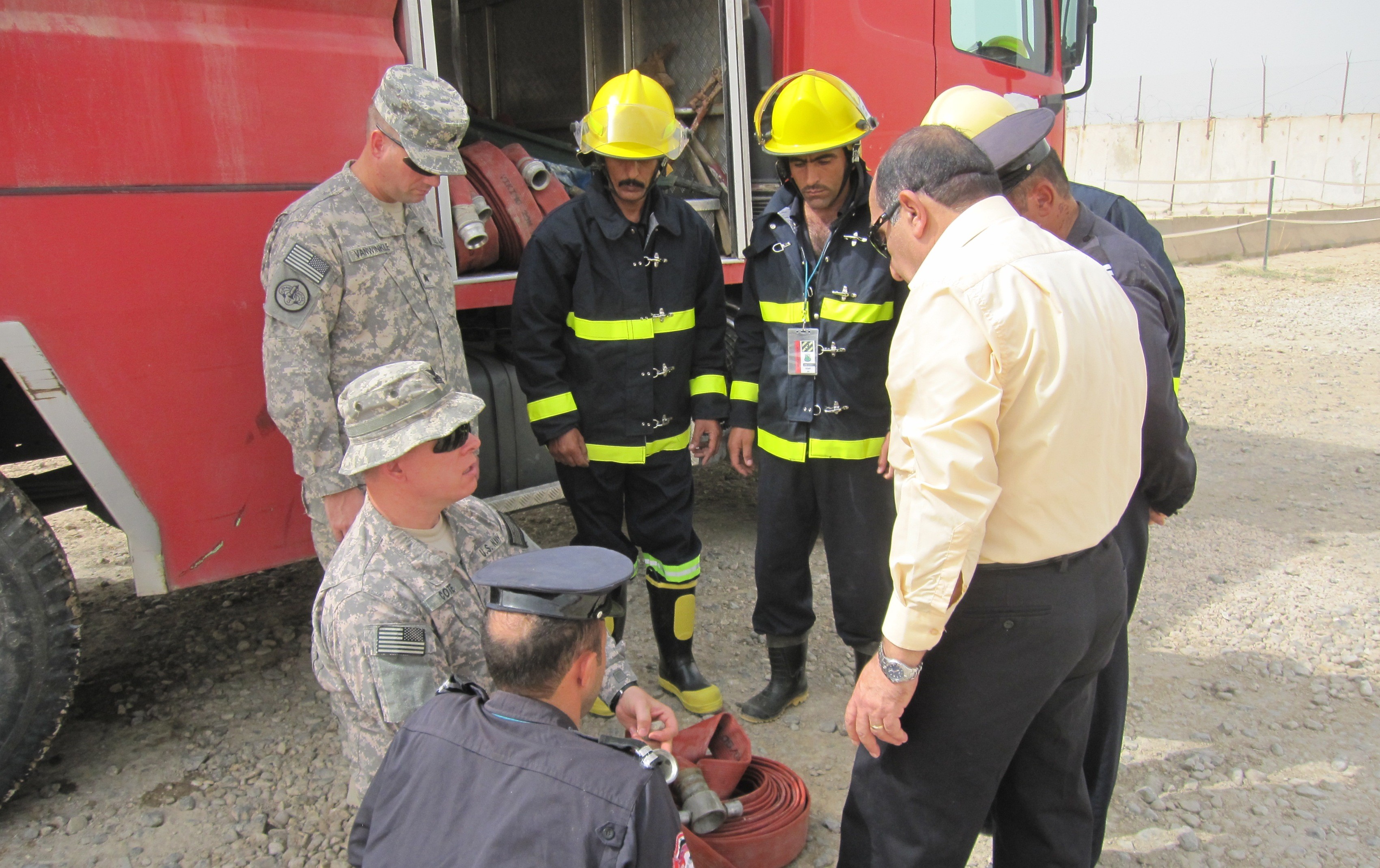
Social Sharing